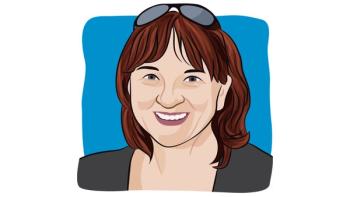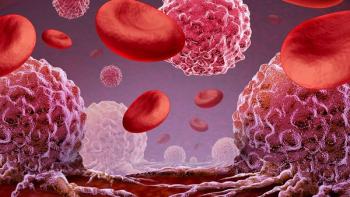
Post-Mastectomy Breast Implant Infection and Complications
This survivor details her journey with breast implants following a modified radical mastectomy.
A good friend of mine just had her implants replaced after the left one developed capsular contracture, a condition where the implant develops a hard envelope of scar tissue around it.
I call it “basketball breast” because the breast feels so hard it could be a basketball.
I had capsular contracture the year after I received my first implant following a modified radical mastectomy and it made sleeping on my stomach impossible. It also made me really out of balance because the hard side was firm and had no softness or natural droop.
When my plastic surgeon replaced it, he used an implant that had a thin layer of foam over it, telling me at the same time that he wasn’t positive the condition wouldn’t happen again, because he didn’t know why it happened in the first place.
Bottom line: everyone is different, and their skin is also different. Some people will never have a problem with implants or scarring. Others will.
Plastic surgeons, the only surgeon who should perform this kind of surgery, also can’t tell us how long an implant will last. Many of them have the philosophy that “if it ain’t broke, don’t fix it.”
My friend had her silicone implants for 12 years when she had to have them replaced due to capsular contracture. So far, she has had no problem with the new ones.
After having my right implant replaced around 18 months after my mastectomy, I didn’t have any problem, but then 18 years later, I had ductal carcinoma in situ (DCIS) in the other breast and decided to use expanders and a silicone implant like the right breast.
When he removed the old implant, he said it was a “mess” that showed signs of rupture sometime in those 18 years. So, he took it out, cleaned up the cavity and put in another one.
Unfortunately, I developed a MRSA infection in the breast and was referred to the hospital’s infection specialists. They put in a PICC line and I began giving myself intravenous antibiotics at home. Unfortunately, at the end of three months, the infection was still there. So, they removed the implant and I did more antibiotics.
I recall the challenge being that when they declared me “infection free”, I wasn’t. I could tell by the way I felt. So, we did more antibiotics. I was set to have the implant replaced when the tech (who had seen lots of infection connected to implants) mentioned that his experience indicated that once you have an infection with an implant, the risk of having another one is very high.
There was no way I wanted to go through this again, so I told the doctor I was going to research using body parts instead of a silicone implant. That is still under investigation.





